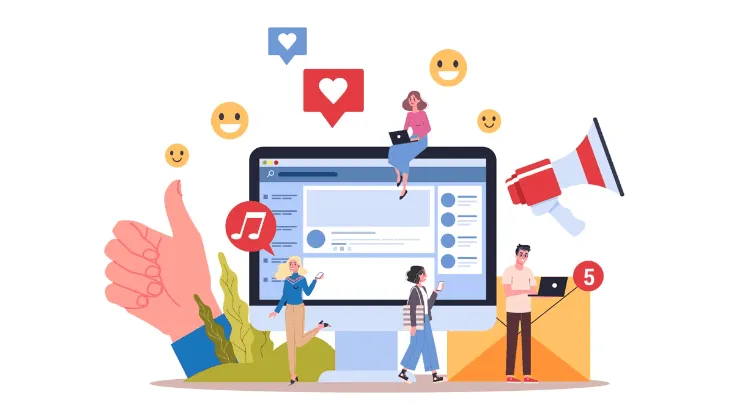
🔹 LinkedIn Optimization: The Ultimate Personal Branding Tool
✔ Profile Photo: High-quality, professional, friendly.
✔ Headline: Clearly state what you do and who you help.
✔ About Section: Tell your story, showcase your expertise, and include a CTA (e.g., “Let’s connect!”).
✔ Featured Section: Add your best work (articles, videos, presentations).
✔ Content Strategy: Post insights, achievements, and industry knowledge to build credibility.
✅ Example Headline:
🔥 “Marketing Strategist | Helping Brands Increase Revenue Through Data-Driven Ads”
✍ Practice Exercise:
Update your LinkedIn headline and About section using a clear, compelling summary.
🔹 Personal Website: Your Digital Business Card
Having a personal website gives you full control over your brand.
What Your Website Should Include:
✔ Homepage: Who you are and what you do.
✔ About Page: Your personal story and background.
✔ Portfolio: Show your best work, testimonials, and achievements.
✔ Blog (Optional): Share industry insights and boost SEO.
✔ Contact Page: Easy ways for people to reach you.
✅ Example:
🔥 Tim Ferriss (tim.blog) – Author, entrepreneur, and investor who shares insights through blogging and podcasts.
✍ Practice Exercise:
If you don’t have a website, list what sections you’d include. If you have one, check if it aligns with your brand.
🔹 Social Media Optimization: First Impressions Matter
Your social media bio, profile picture, and content should be consistent with your brand identity.
✔ Use a consistent profile picture across all platforms.
✔ Write a clear bio that highlights your expertise.
✔ Add a link to your website or LinkedIn in your bio.
✔ Pin important posts that showcase your expertise.
✅ Example:
🔥 Instagram Bio of a Career Coach:
🚀 “Helping professionals land their dream jobs | Resume & LinkedIn Tips | DM for coaching”
✍ Practice Exercise:
Revise your social media bios to align with your personal brand message.